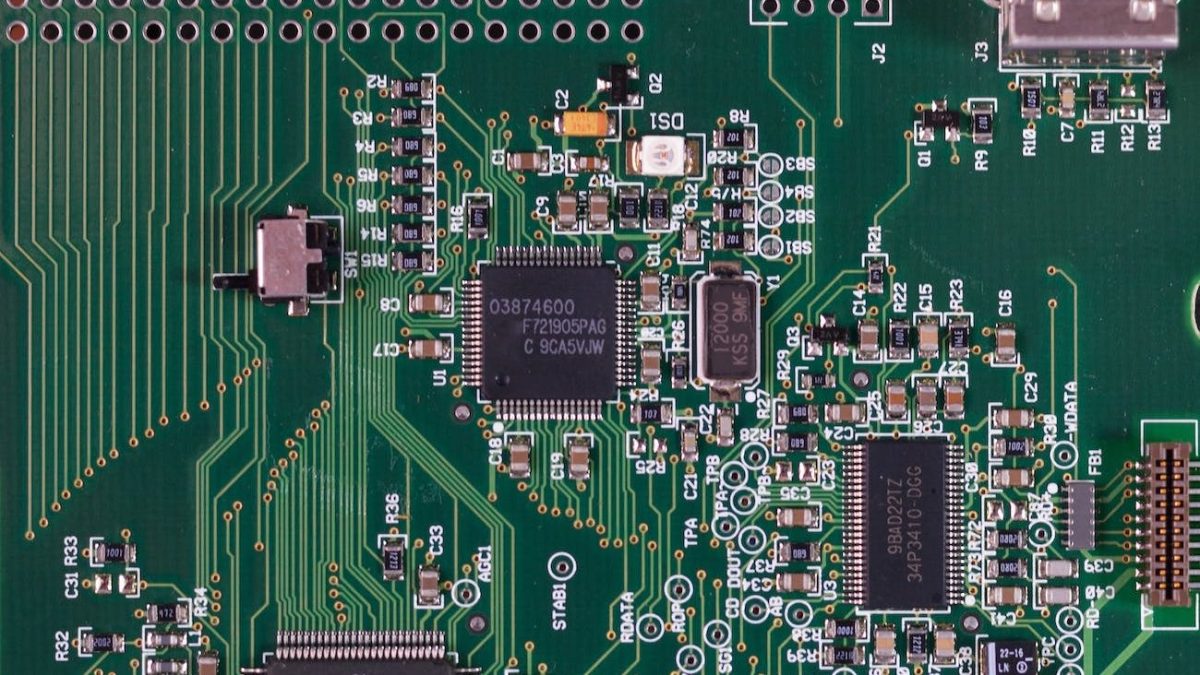For this reason, the main objective of this trend is to mitigate the environmental impact associated with information and communication technologies (ICT) by minimising the consumption of natural resources, the generation of electronic waste and the emission of greenhouse gases.
Introduction to green computing
To start with the most basic concepts, it is necessary to understand that computers, mobile phones, servers and networks have a significant impact on the environment. Their production, use and disposal generate greenhouse gas emissions, consume natural resources and produce toxic waste. Adopting green computing practices is therefore essential to mitigate these impacts and work towards a more sustainable environment.
On the other hand, if we look at it from an energy point of view, energy demand in the technology sector is very high. This is because the need for energy comes from a variety of sources, including data centres essential for data storage and processing, as well as the proliferation of mobile devices and the increasing complexity of emerging technologies such as artificial intelligence and machine learning.
In addition, the production and manufacturing of electronic devices contribute to energy consumption throughout their lifecycle. Despite the innovative benefits of technology, attention is increasingly focused on addressing this environmental impact, driving initiatives to move towards more sustainable practices in the sector.
For this reason, we could say that green computing is based on three pillars:
- Energy efficiency and use of renewable energy.
- Server virtualisation and consolidation
- Sustainable hardware design and device recycling
Green cloud computing
One of the fields of technology where green computing is being applied the most is in the cloud world. In case you are not familiar with the term, cloud computing is a technological paradigm that allows you to access, share and manage computing resources over the internet. Instead of relying on local servers, users can take advantage of cloud services, such as storage, data processing and software, provided by specialised providers.
From a business point of view, cloud computing is highly utilised for the deployment of the applications that humans and machines interact with on a daily basis.
The demand for digital technology and services has grown exponentially in recent decades. With the proliferation of electronic devices, cloud services, artificial intelligence and other technologies, a significant amount of energy is required to maintain and power these infrastructures.
Hence the term green cloud computing emerges as a crucial solution, highlighting the importance of energy efficiency in the field of technology. In short, this practice seeks to use computing resources in the cloud in a more efficient and sustainable way, minimising the environmental impact.
How is Green Cloud Computing being implemented?
This involves the optimisation of infrastructure to reduce energy consumption, the use of renewable sources, and the implementation of technologies that improve energy efficiency in data centres.
On the other hand, the planning and design of energy-efficient data centres is essential. This includes the implementation of more efficient cooling systems, the use of energy-efficient hardware equipment, and the proper arrangement of servers to improve air circulation and reduce energy consumption.
One innovative cooling technology that is gaining popularity in the data centre industry is immersive liquid cooling. This revolutionary approach involves immersing electronic components, such as servers, in a non-conductive dielectric liquid to dissipate the heat generated. This approach eliminates the need for conventional air cooling systems, significantly reducing energy consumption and operating costs. The innovation not only improves data centre efficiency, but also minimises the environmental footprint and offers opportunities for heat recycling in industrial or heating applications.
A clear example incorporating innovative cooling measures is Facebook’s data centre in Luleå, Sweden. Opened in 2013, the centre was designed to take advantage of the region’s cold climate and minimise the need for traditional cooling systems. In addition, heat generated by servers not used for cooling is captured and used to heat nearby buildings, providing heating for local facilities and maximising energy efficiency.
Another practice that is applied is the recycling of server hardware components. Procedures such as server refurbishment, recycling programmes for obsolete equipment, the use of recycled components and the donation of disused hardware demonstrate a commitment to reducing e-waste and extending the useful life of devices. Reusing and recycling hardware reduces the demand for new resources, avoids environmental pollution and encourages more responsible management of technology infrastructure, thus contributing to a more sustainable approach to cloud computing.
What else can we do?
But is it only companies that can implement measures to be more sustainable in technology? The answer is simple, no. It is also up to us, as digital users, to use technology sustainably. Some of the practices we can apply to our habits are:
- Switch off devices when not in use: this can save up to 20% energy.
- Adjusting screen brightness: lower brightness can reduce energy consumption by up to 25%.
- Use energy-efficient devices
- Recycle and reuse electronic devices: this helps reduce the amount of electronic waste that ends up in landfills.
- Delete unused digital content, such as spam emails, to avoid contributing to digital diogenesis.
For this reason, and for all the reasons we have analysed throughout this post, green computing is a trend that is becoming increasingly popular. It is only a matter of time before green computing becomes part of any technological solution or any habit we have when we relate to technology.










